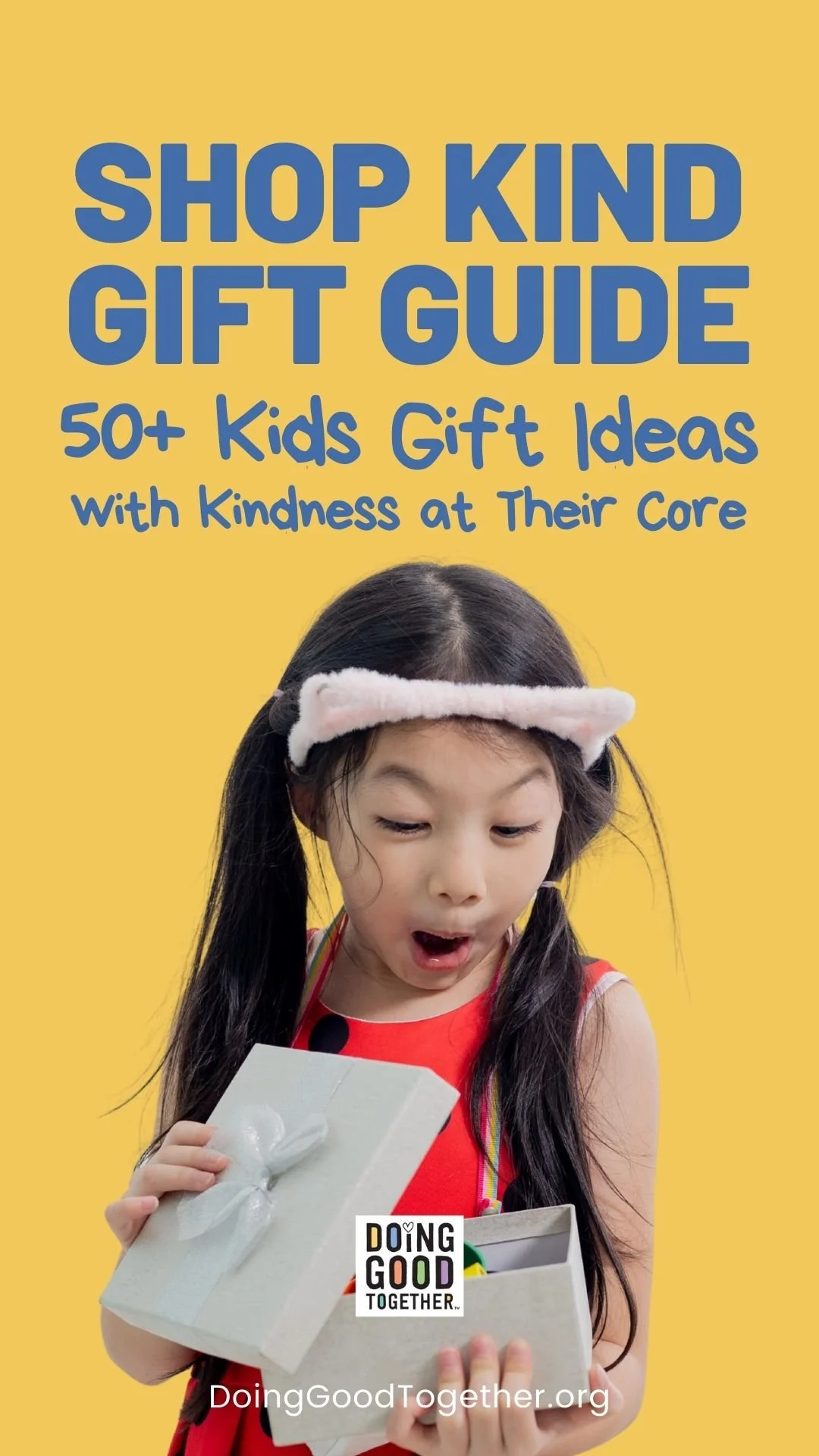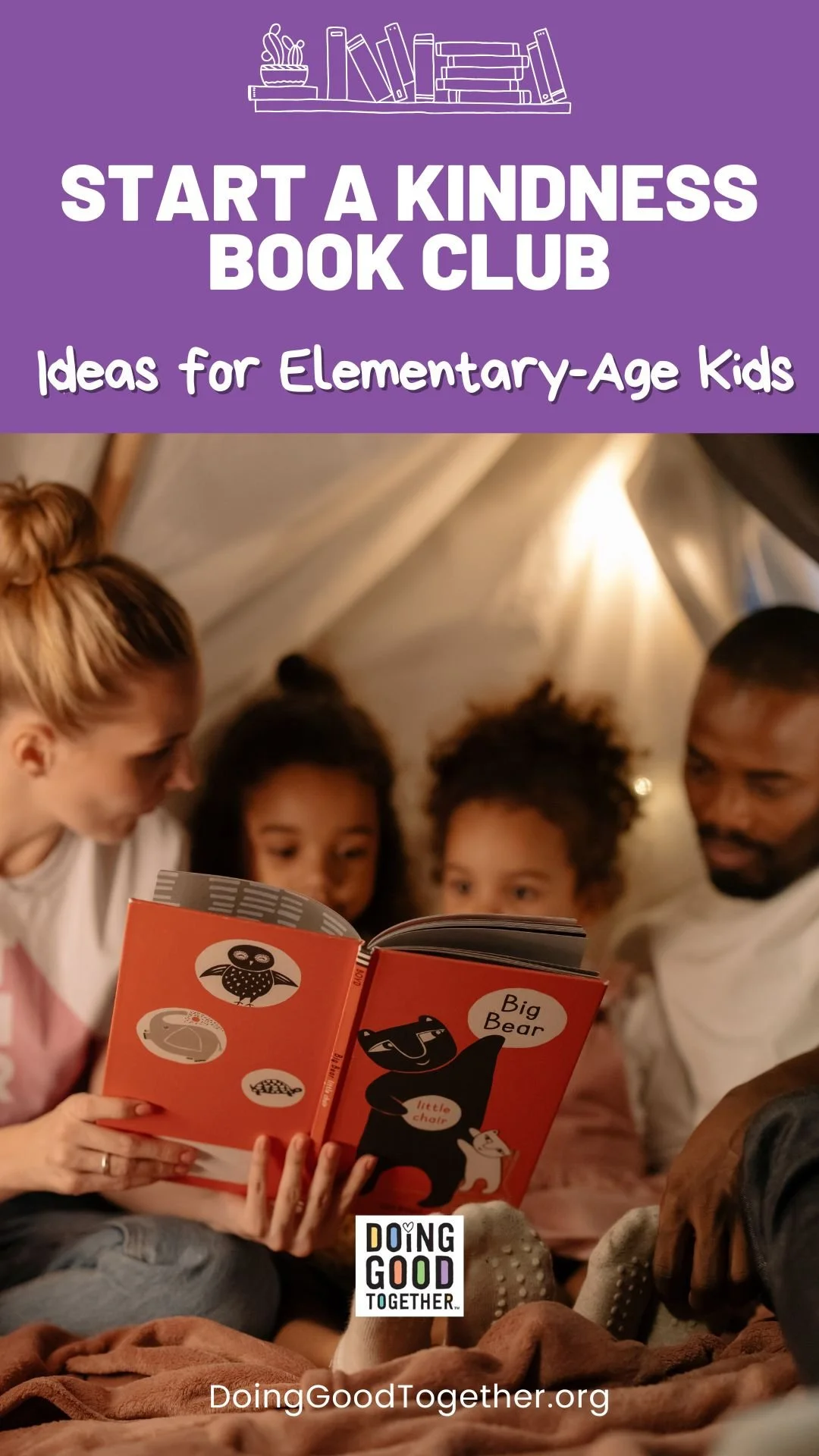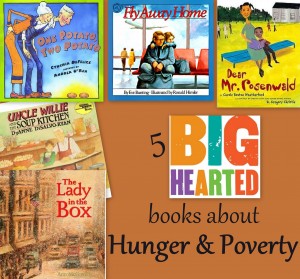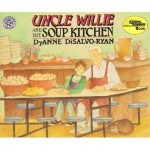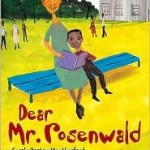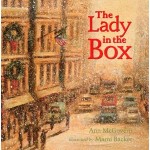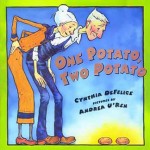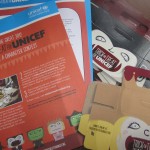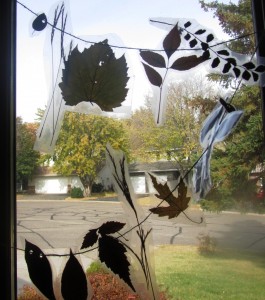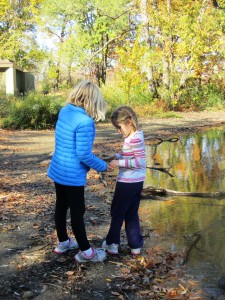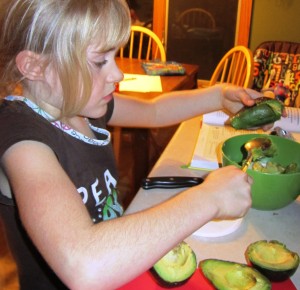Sometimes showing compassion for my own family members is the only act of kindness I get accomplished. Guiding children through big transitions - through fear or sadness or even uncontrollable excitement - can be all consuming.
Have I mentioned my family of 3 kids, 4 chickens, and 1 cat is moving?
For the most part, we're still keeping up with our regular habits of kindness, including Garbage Walks, collecting coins for the animal shelter, and participating in the One Book at a Time Program.
But most of my emotional energy has been funneled into smoothing these next few weeks for the kids and their sweet friends. It's no surprise that moving is tough for children. Psychology Today reports that frequent moves, or long drawn out moves, can have a long term impact on a child's happiness and ability to build stable relationships.
The good news is, parents can help limit the stress of a move with some targeted acts of love and kindness.
The book Moving with Kids: 25 Ways to Ease Your Family's Transition to a New Home by Lori Collins Burgan was full of helpful ideas. Here are tools I've used to make the move emotionally easier for my kids and their friends:
Throw your own going away party. Initially, I was a bit embarrassed by this one, but it really is a must. After months of prepping our house for sale, searching for a new one, and endless packing, we needed a party. Each kid was given a stack of invitations to hand out at school and around the neighborhood. We held a simple open house in the back yard, just popcorn and a bounce house. Between neighbors, teachers, and friends old and new, well wishers filled our yard and our hearts for a very memorable afternoon.
Pen Pal Kits: Label a few envelops with the new address, bundle them with stationary, and let the kids pass them out to favorite friends. Hopefully, the kids can look forward to a summer of letters and pictures to and from their special people.
A Traveling Journal: For that favorite friend, keep a traveling journal to mail stories and secrets to one another throughout the summer. We haven't implemented this one just yet, our the eight-year-old girls who are about to be moved apart mention it nearly every day. I'll let you know how it goes.
The wonderful world of technology offers so many other helpful solutions. Video chatting and e-mail will make the separation easier on everyone.
Have you moved with children? How have you made the transition easier for your family?

